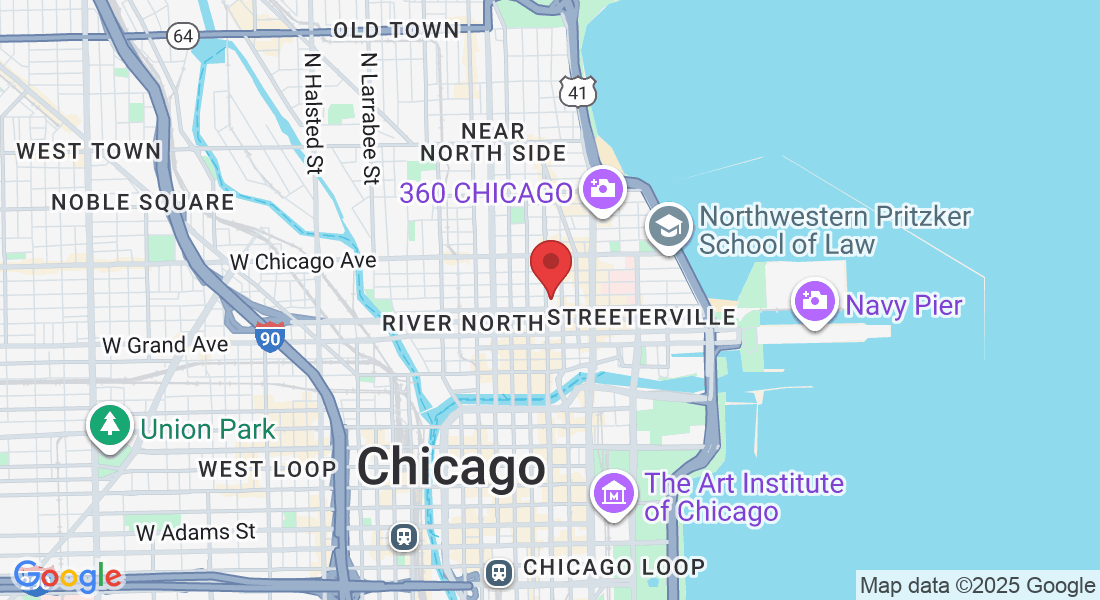
The Truth On How a Life Insurance Policy Works
A lot of individuals are unaware that when they get life insurance, they are truly investing. Even better, you can use the policy’s revenues however you like! Share this blog post with them the next time someone asks you what a life insurance policy is and what it accomplishes so they can learn more about how this type of financial product functions.
What is life insurance
A life insurance policy is a legal contract that states that if the policyholder dies before the policy’s expiration date, the nominee or their next of kin will receive a certain sum of money.
The only thing you need to do is buy the policy, which you can do in a lump sum or in monthly installments. If you are diagnosed with a terminal illness and have less than 12 months to live, the money will also be paid out.
A life insurance policy basically serves the purpose of providing financial support to your loved ones after your passing. Your family can use this financial benefit to pay off debts, cover daily expenses, cover your children’s school costs, and generally help them maintain a certain standard of living.
Types of life insurance policy
Permanent and term life insurance are the two main types of life insurance.
As the name suggests, a permanent life insurance policy is a type of life insurance that provides you with protection for the rest of your life. The cash value is the primary distinction between permanent and term life insurance.
Because of its cash value component, permanent life insurance lasts as long as the policyholder is alive and the premiums are paid. You have a right to the money the insurer received as a result of the policy.
Your premiums are invested with a certain percentage, and over time, the cash value grows tax-free. The total death benefits are payable the day your policy is put into effect, but it takes a few years for the cash value to increase to a sizeable sum.
Whole and universal life insurance are additional subcategories of permanent life insurance. Although universal life insurance is typically more affordable, its cash value, death benefits, and premium growth rate are all subject to change, which adds to its complexity.
On the other hand, whole life insurance is much easier because the premium stays the same for the duration of the contract’s validity, the cash value grows at a predetermined rate, and the death benefits are guaranteed.
For term life insurance, the coverage has a set duration that might be anywhere between 10 and 30 years. It is also known as “pure life insurance coverage” because, unlike permanent life insurance, it has no cash value.
How term life policy works
A term life policy, as previously stated, is set for a specific time period that is typically chosen when the policyholder purchases the policy. 10, 20, and 30 year terms are the most typical policy lengths.
The insurer will pay the benefits to your beneficiaries in accordance with the terms of the policy if you pass away during the policy’s coverage period. When you are a life, there is no payment made.
The fact that term life offers higher payments and a lower investment than permanent life insurance is one of the factors that makes it more enticing. It also provides a cheaper, temporary alternative to the pricey permanent life insurance.
How permanent life covers works
If you consistently pay your premiums, permanent life insurance is good for your entire life. Whole life insurance is the most prevalent type of permanent insurance, followed by universal and variable life insurance.
The appeal of perpetual life insurance is that it increases in cash value over time. The cash account receives a percentage of the premiums, which is subsequently invested to generate interest.
It is best to buy permanent life insurance when you are young and have low insurance costs because the policy’s growth tends to be more rapid in its initial years. In contrast to universal cover, whose growth varies based on market conditions, whole life policy has a consistent growth rate.
Keep in mind that it takes some time for the cash value to increase significantly, making it more of a long-term investment.
The cash value of permanent life insurance can also be accessed while you are still alive. You can decide to withdraw a portion of the money, spend the interest, or even take out a loan to pay the premiums in the future.
Alternatively, you can pay a fee to trade the insurance policy for its current market worth.
Complete life insurance
Whole life insurance coverage may seem quite alluring with its fixed premiums, potential cash value, and guaranteed payment, but as you might have suspected, it has a cost.
When compared to term life insurance, whole life insurance premiums are significantly more expensive. For instance, a 30-year-old woman’s $500,000 whole life insurance policy costs about $3750 a year.
You will have to pay about $300 a year for the same coverage under a term life insurance policy with a term duration of 30 years.
Universal life policy
Flexible and lifetime coverage are both features of universal life insurance. Depending on your capabilities or investment performance, it gives you the option to make either large or modest payments.
If everything is going well, you might choose to cease paying; however, if things aren’t going so well, you might need to pay a little bit more to make up the difference.
So, the performance of the insurer’s investments generally determines this. If the insurance makes a mistake, it will cost you more than you had budgeted.
How are life insurances priced
Your health is one of the key factors taken into account when determining your life insurance premium. Young and healthy people have a lesser risk of passing away soon, thus life insurance firms typically charge them less.
Those with no ongoing medical conditions typically live longer, as do nonsmokers, women, those who maintain a healthy lifestyle, and others. Those that fit into this category frequently get better deals.
Medical exams are typically required as part of the registration process for life insurance firms. Your weight, blood pressure, blood sugars, cholesterol level, and blood sugar levels are a few of the things that are looked at in an effort to determine your general health.
Some insurance providers don’t demand a medical exam, but their premiums are generally higher. They might also provide less coverage than you anticipate; for example, some providers may only give a maximum of $50,000 for a no-medical-exam insurance.
Conclusion
Finding the ideal life insurance plan is difficult. It can be confusing because there are so many different types of insurance, levels of coverage, and prices. Because we are aware of how crucial this choice is for you as a family member or business owner, we have made things simpler by offering an online estimate form with a comprehensive breakdown of all of our options! Before choosing the best plan for you, you may use this information to compare prices and get your questions addressed. Have any of your friends or family members considered having their own insurance? Send them this article right away!



